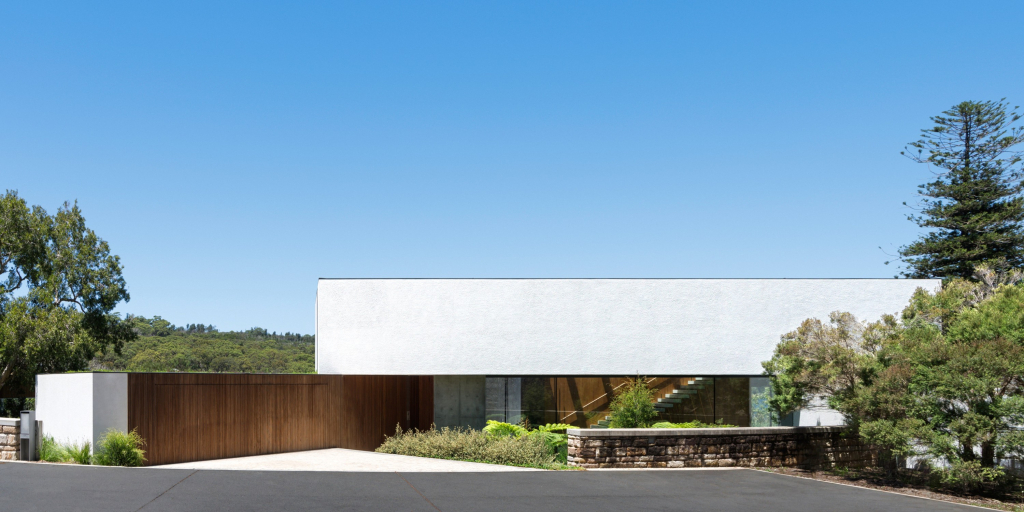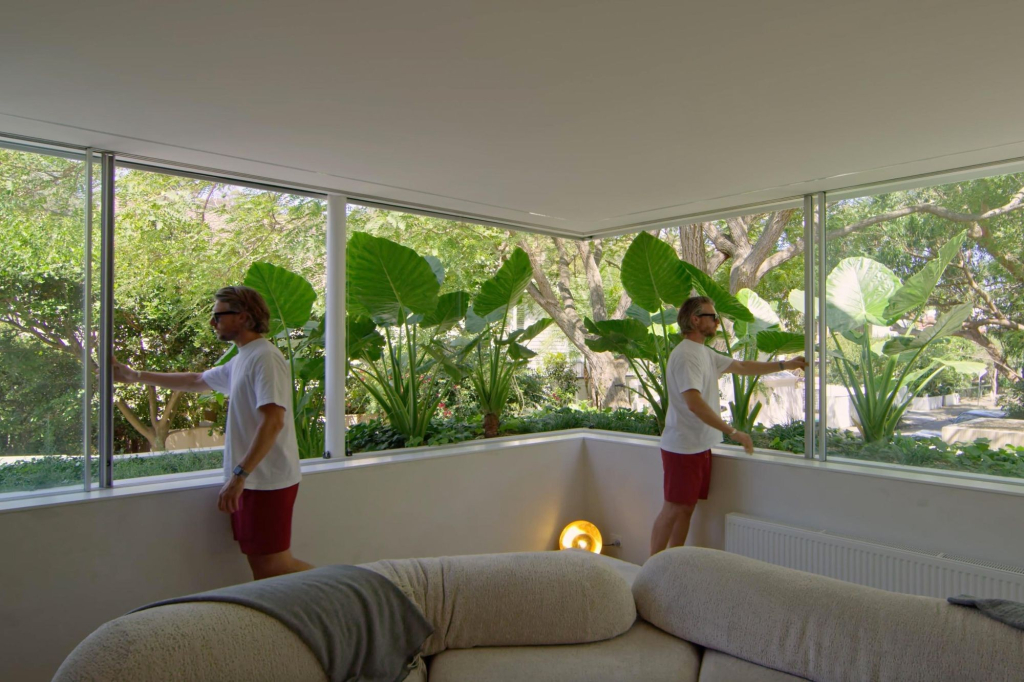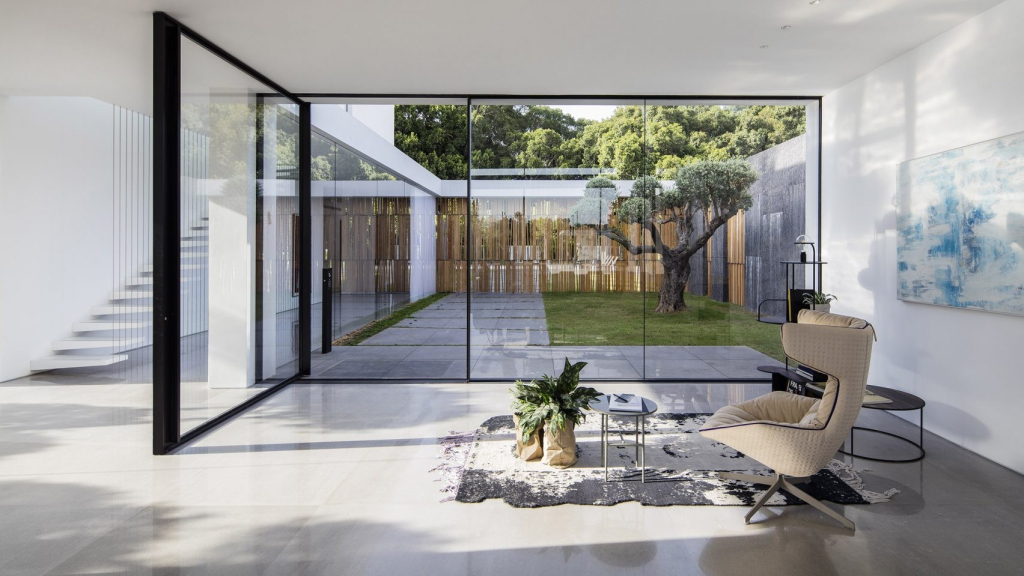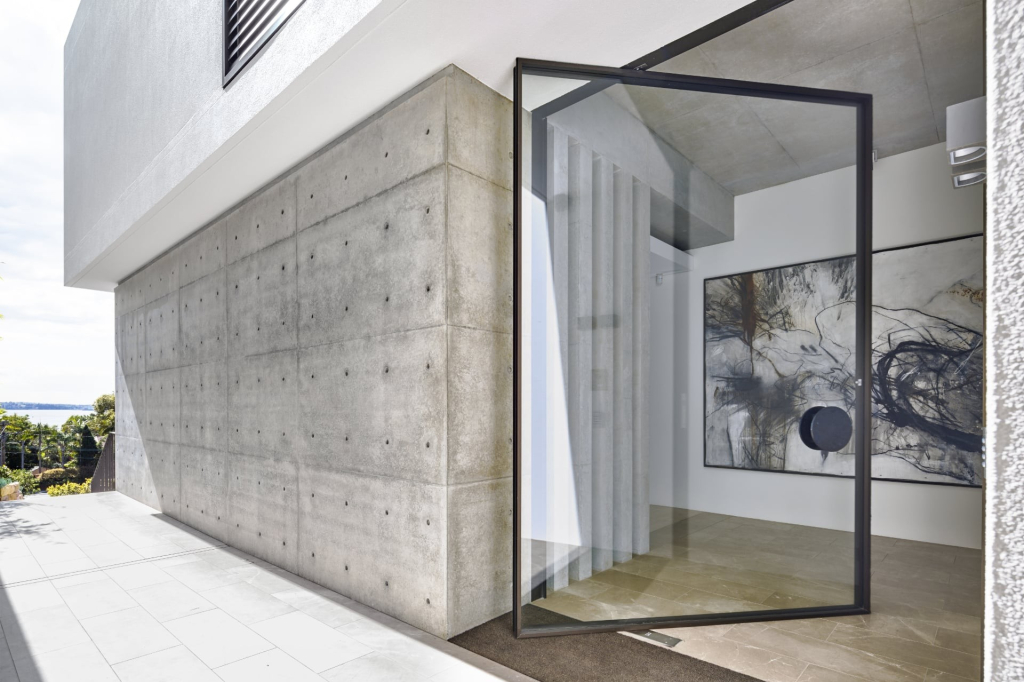We can be confident with a fully tested product.– Michael Canturi
Vitrocsa Australia - New Zealand has accomplished a substantial design achievement amid a changing climate, with the window system passing BAL 40 fire testing at the first attempt.
Already a staple in leading architecture across Australia and New Zealand, the Vitrocsa system is now approved as compliant for BAL 40 - the second-most serious rating recognised by the CSIRO and Australian Rural Fire Service, which specifies requirements for the performance of exterior windows within the wind pressure limitations of the wind zones.
BAL 40, or Bushfire Attack Level 40, accounts for “increasing levels of ember attack, burning debris and radiant heat up to a level of 40 kW/m2”, as well as intermittent contact between flames from the bushfire front and the home. The highest level is BAL FZ, or “fire zone”, which mandates the use of shutters in front of windows and glass doors. Vitrocsa tested the largest sized panel allowed, exposing it to a radiant heat of 40 kW/m2 .
“It was our standard product,” says Vitrocsa managing director Michael Canturi. “There were no modifications; it was exactly the same system that we’ve been installing for 15 years.”


The panel passed on the first attempt, ensuring Vitrocsa products – including a wide variety of double-glazing specifications, flush and invisible systems, unlimited door widths and doors up to 3.75m high – are covered under the stringent fire-safety requirements of Australian and New Zealand projects.
“We’re extremely proud, extremely excited. We were already installing this system in bushfire zones knowing that it performed well, and this basically just allowed us to confirm what we originally thought,” says Michael. “Previously, we were offering our products around the midrange – BAL 29 – with confidence. And to have it tested and know that we can now reach these levels, that’s made us extremely proud.”
As Oceania remains at the coalface of more unpredictable weather systems, the certification gives the Vitrocsa team confidence in knowing the system will continue to keep homeowners safe – and remain a key product for environmentally-conscious architecture in Australia and New Zealand.
“We’re obviously coming into a new climate and these regulations will get a lot stricter and harder to comply with,” says Michael. “We are glad that we can be confident with a fully tested product."
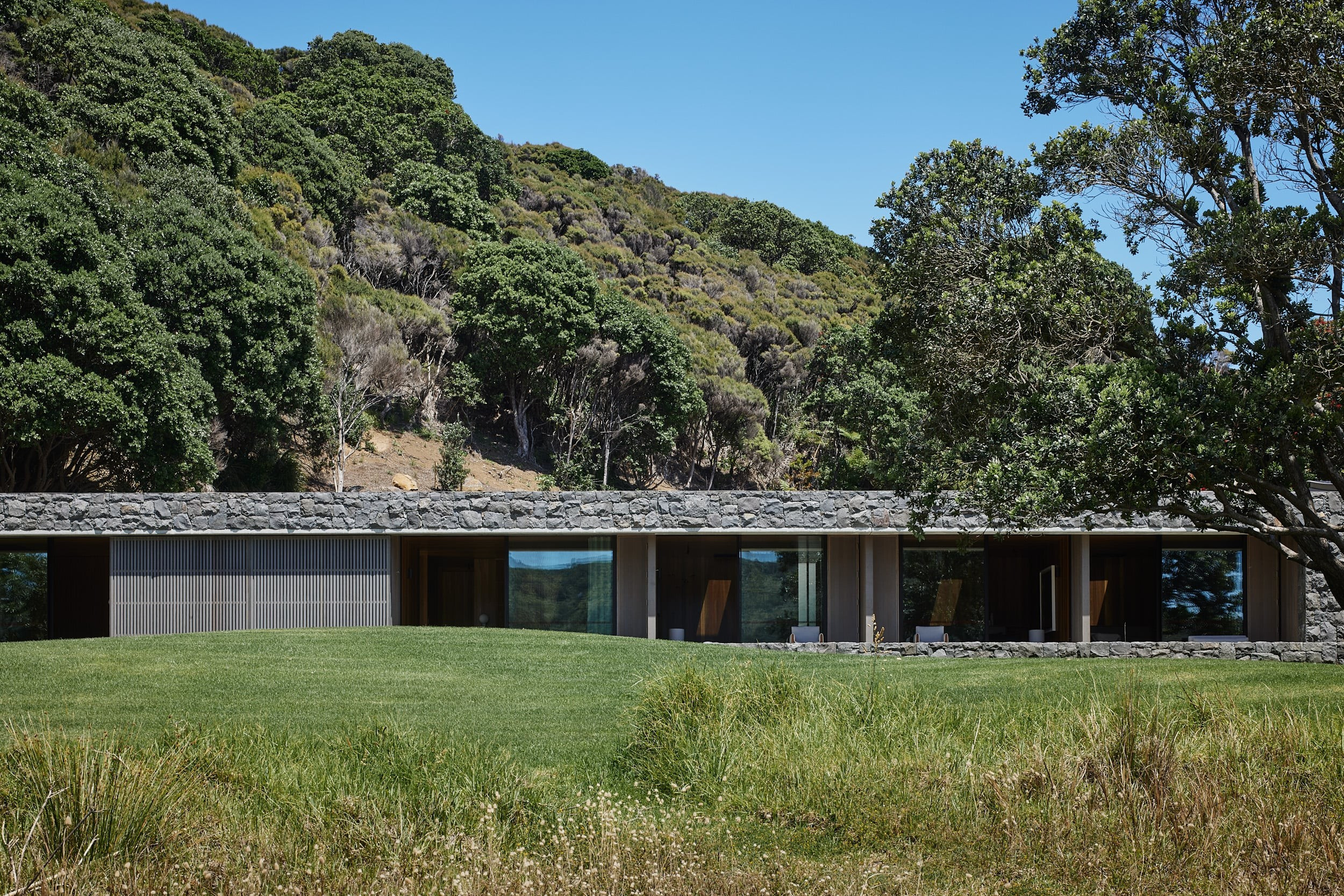

Visit
Share
Credits
- Riley Wilson – Words
- Justin Alexander – Collins Beach House photography
- Clinton Weaver – Eagle’s Nest photography
- Simon Wilson – Omata Beach House photography
